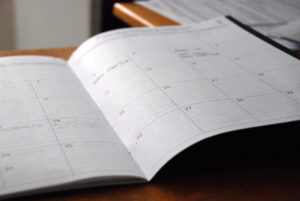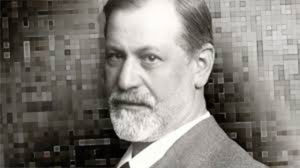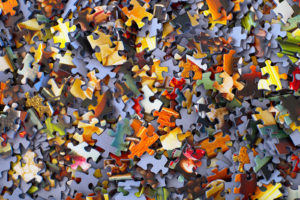A la recherche d’une psychanalyse contemporaine
Résumé
Donner à la pratique psychanalytique une dimension contemporaine dans le monde actuel peut paraître une préoccupation à la fois évidente et superflue.
Cependant cette perspective ne va pas de soi et demande à chaque psychanalyste de développer une attention particulière.
Cette attention concerne, d'une part, ce qui se développe dans le contemporain de la séance avec un patient et, d'autre part, ce qui se développe dans le contemporain du monde qui est le nôtre à la fin de ce millénaire.
De façon paradoxale ce sont les historiens et les anthropologues qui peuvent nous aider le mieux dans cette tâche. Dans leur approche des mythes et des cultures anciennes, historiens et anthropologues accordent une attention toute particulière à un respect de la pensée contemporaine des représentations qu'ils étudient. Leur souci, clairement explicité par la plupart d'entre eux, est d'éviter l'erreur trop fréquente qui consiste à prêter une pensée du vingtième siècle à un groupe humain ayant vécu plusieurs millénaires auparavant. En matière de psychanalyse il est nécessaire de modifier notre lecture des textes anciens en fonction de l'époque qui change si nous voulons éviter une incompréhension croissante de nos patients contemporains.
Samenvatting
Is het overbodig en een open deur intrappen als we onze psychoanalytische praktijk, als iets van deze tijd en ingebed in de huidige wereld, willen doen overkomen ? Nochtans is een dergelijk perspectief niet vanzelfsprekend en dient iedere psychoanalyticus er bizondere aandacht aan te besteden.
Enerzijds zullen we onze aandacht richten op wat in de zitting tot uiting komt van het hedendaagse leven en anderzijds naar wat zich in de hedendaagse wereld aan het ontwikkelen is, nu we aan het einde staan van het tweede millenium.
Paradoksaal genoeg zijn het de historici en de antropologen die ons bij deze taak het best kunnen helpen. In hun studie van de mythen en de oude culturen hebben zij vooral aandacht voor het eigentijdse in hun gedachtengang zoals deze tot uitdrukking komt in de voorstellingen die er in naar voor komen.
Bijna allen zijn bezorgd om niet in de valkuil te trappen om een twintigeeuwse gedachtengang toe te schrijven aan een bevolking die duizenden jaren geleden geleefd heeft.
Toegepast op de psychoanalyse betekent dit dat we oude teksten moeten interpreteren in functie van een veranderlijke tijdsgeest. Zo ook zullen we vermijden onze patiënten van vandaag minder en minder te gaan begrijpen.
Summary
To give a contemporary dimension to psychoanalytic practice in the present day world may seem a preoccupation both obvious and superfluous. Nevertheless, this perspective cannot be taken for granted and demands that every psychoanalyst develops a particular attention.
This attention concerns on one hand that which is evolving in the contemporaneity of the session with the patient and, on the other hand that which is evolving in the world which is ours and the end of this millenium.
In a paradoxical way, it is the historians and anthropologists who are able to help us best in this task. In their approach to myths and ancient cultures, historians and anthropologists give particular attention to a respect for the contemporary thought of the representations which they are studying. Their concern, clearly stated by the majority of them, is to avoid the too frequent mistake which consists in attributing twentieth century thinking to a human group having lived several milleniums before. In the case of psychoanalysis, we have to modify our reading of old texts in relation to the change of epoch if we want to avoid a growing lack of understanding of our present day patients.





